What can you do in a car beside going places? Not much. Modern automobiles enable us to travel quickly in style but are expensive to maintain and degrade the environment. They are not designed for self-employed people, nor do they encourage sociability in neighborhoods.
My proposed solar car would be an economical solution to these issues and would establish a benchmark of environmentally-friendly urban transportation. It would charge up from a robust photovoltaic array, and for increased mileage and range, the superior stiffness-to-weight of wood keeps weight to a minimum. Wood is already manufactured by nature, unlike the metal that comprises most cars, and the tooling and assembly of the vehicle would require far less energy. Wood is also 100% recyclable.
This is a car for the self-employed: rental property owner, taco stand operator, artist, craftsman, plumber, or even juggler of hats and bowling pins. Pack the tools of your trade in four locking drawers, fold down a large work surface when you arrive, plug in your tools chargers and USB devices, and then roll up your sleeves. After work, as a food and beverage support vehicle for social gatherings, it would excel wherever parked. This is a car design that would enable people professionally, save them money, and bring them together.
I've given a lot of thought to the use of wood as an engineering material for cars. It's not a perfect material but neither is metal. Here's my comparison:
Stiffness is critical for car frames and bodies, to minimize their twisting when navigating bumps and corners. Metal is stiffer than wood, but only if you compare volume of the material. A metal nail is much stiffer than a wood nail of the same dimensions. However, if you compare by weight, wood is much stiffer. For example, a steel bar 1/4" thick, 1/2" wide, and 24" long can be bent over your knee, albeit with some effort. Douglas fir, which is commonly used for house framing and boat stringers, is 1/15th the weight of steel. Imagine bending a chunk that's roughly 1" thick, 2" wide, and 24" long. Even with the grain flat against your knee, it would be extremely difficult for all but dedicated bodybuilders.
Regarding environmental damage of cars left out in weather, steel and wood are prone to rust and rot, respectively. However, by coating wood with waterborne polyurethane on all its exposed surfaces, water and insect damage is for all practical purposes eliminated. Water content also fluctuates much less, with the result that dimensional stability is greatly improved.
On the subject of body panel or frame damage in a collision, the repair expense is significant for cars constructed of either wood or metal. To minimize damage, the solar car of wood will be protected at exposed points with expanded polypropylene, a recyclable material which has the excellent property of shape memory.
In the case of damage inside the car from friction of moving parts, metal wins the day. For this reason, a wooden car's suspension and drive components are best made of metal or composites.
Another concern with wood construction is fire damage, though it's
actually difficult to start a wood fire in a car, even by holding
a lighter against a wood panel. Would you feel safer in an accident in a
fossil-fuel car, sitting a few feet away from several gallons of
gasoline in the tank? Some might counter that lithium batteries in
electric vehicles are a fire hazard, but the use of lithium iron
phosphate chemistry in batteries has minimized that risk. There also
exists the danger of arcing and starting a fire at the high voltages
involved in any electric car, but for that reason, multiple circuit
breakers are routinely employed by electric car builders, and my project
will be no exception.
If wood is so great as an engineering material, then why is it no longer used in mass produced vehicles? The reason is that metal parts can be stamped or extruded quickly in an automated factory, but not wood parts, which have to be...
Read more » Joel Fairstein
Joel Fairstein
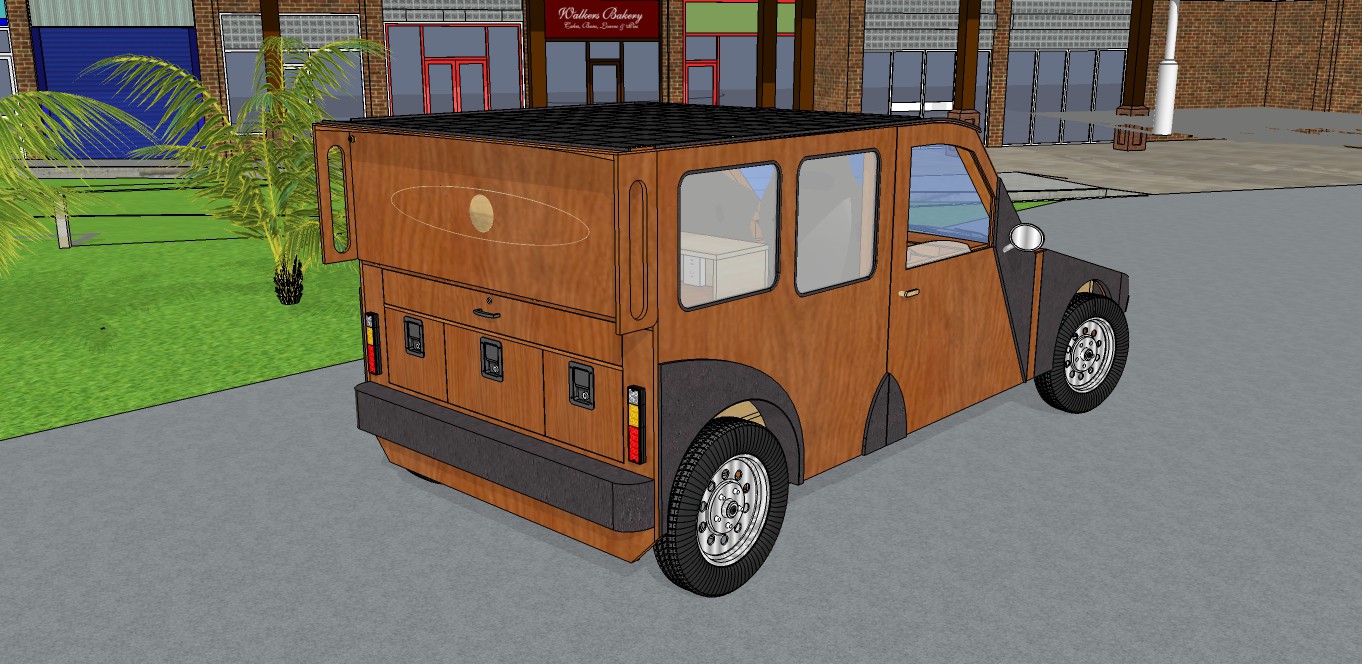
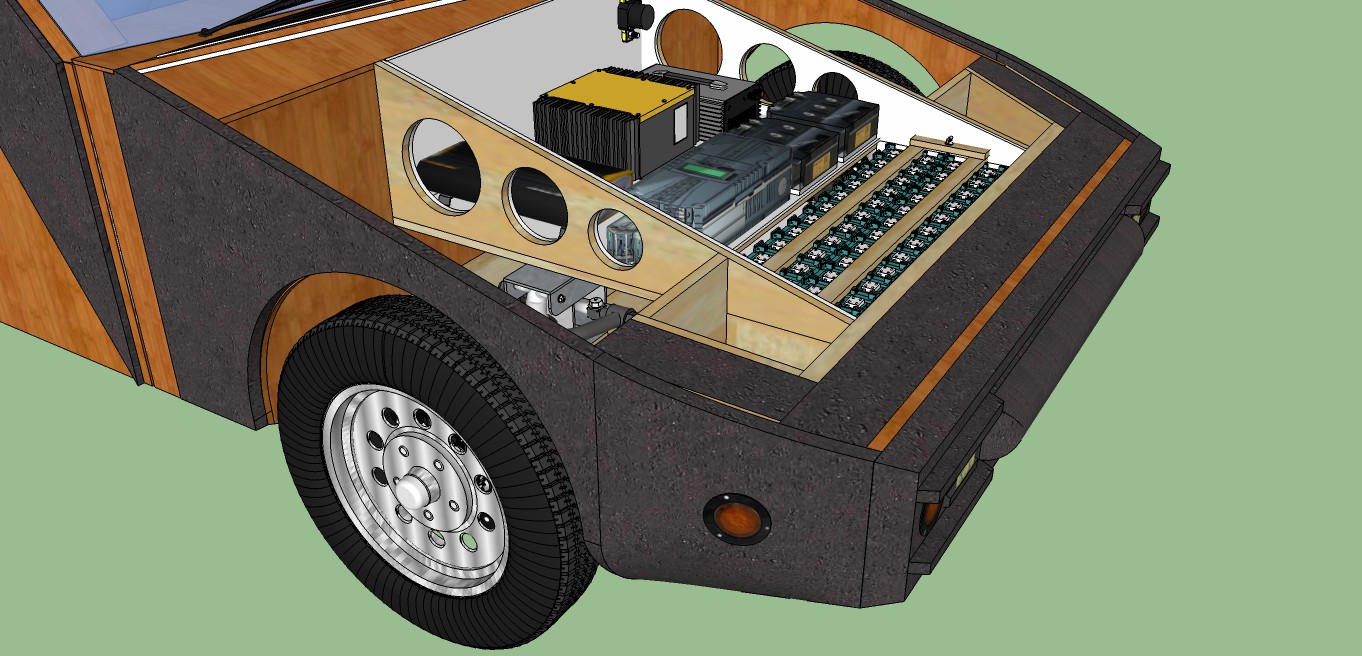
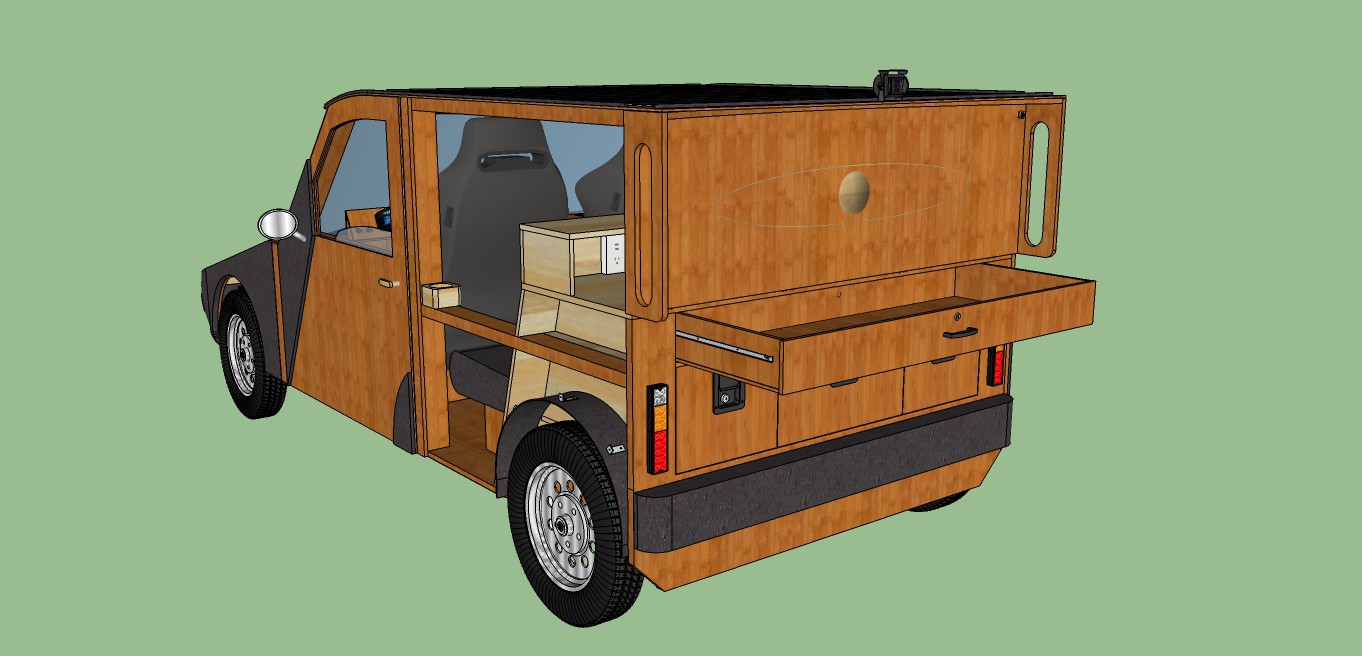
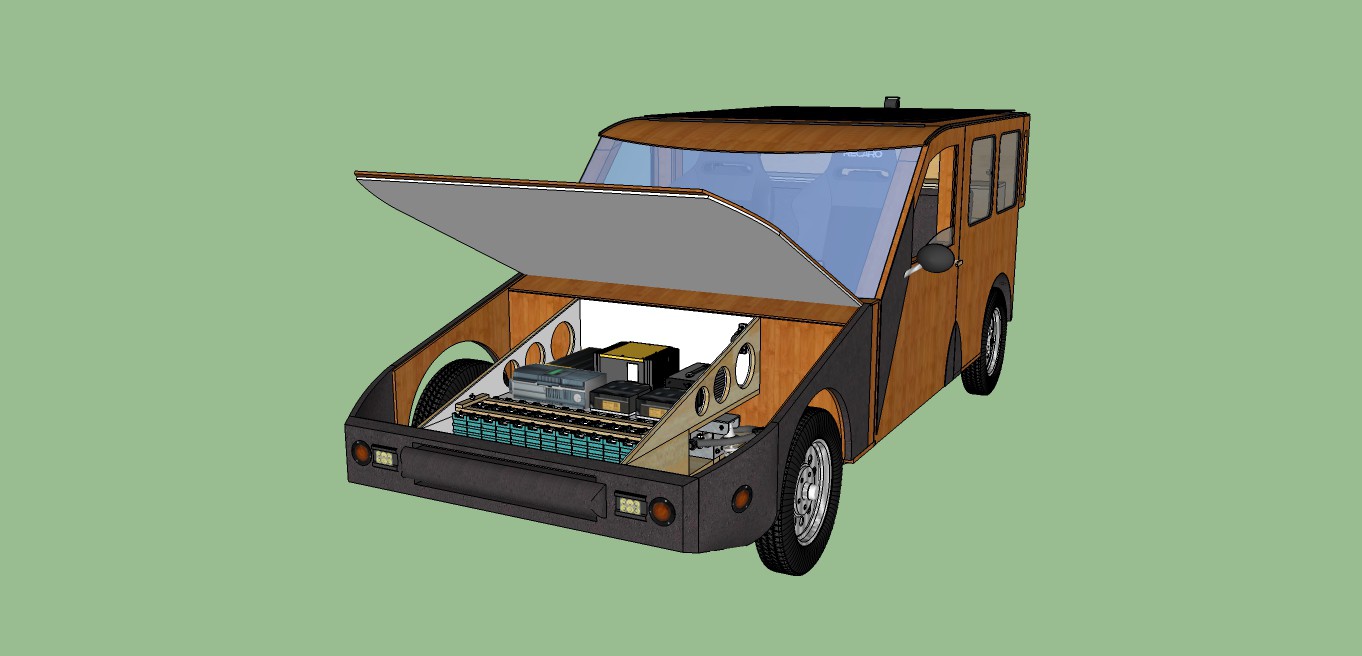
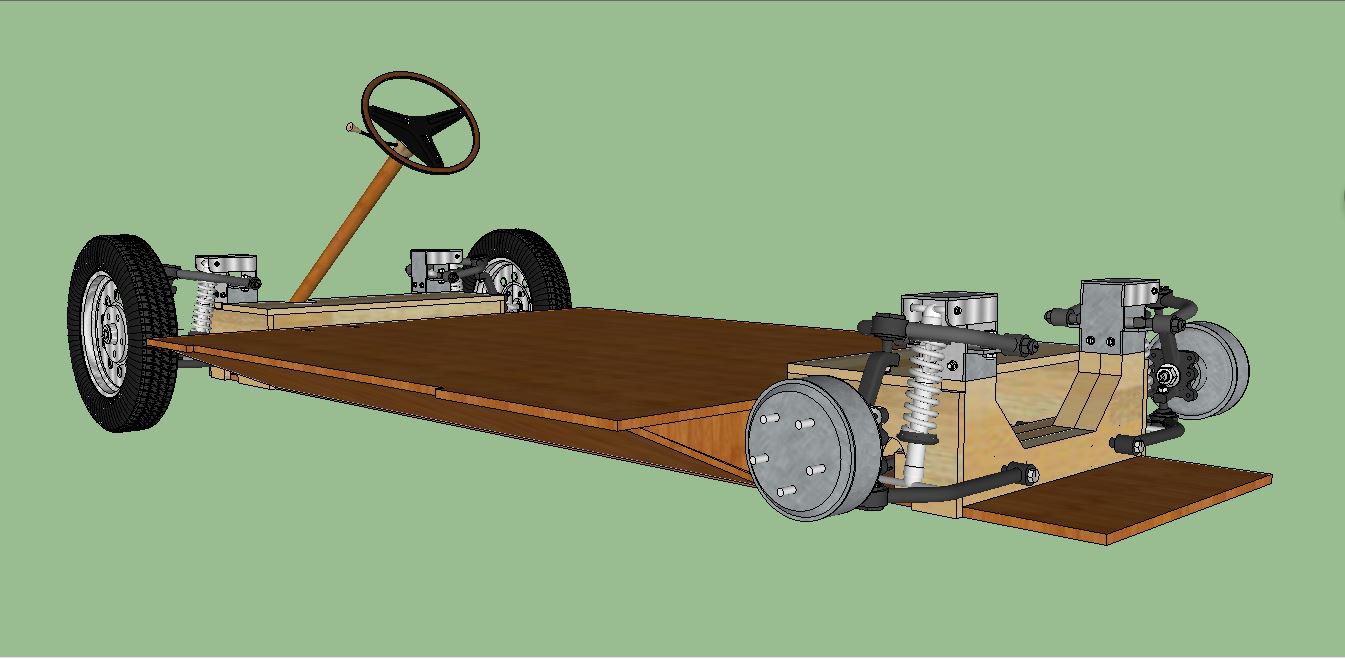
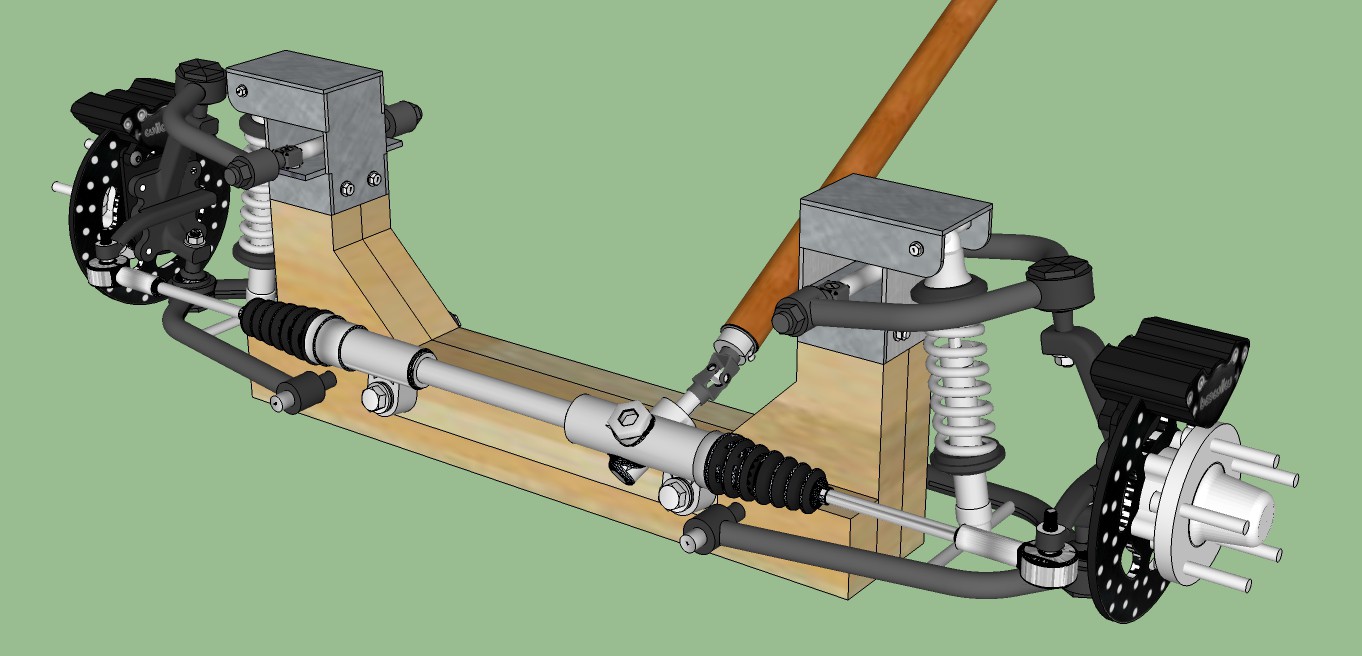

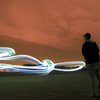

 wkpsahl
wkpsahl
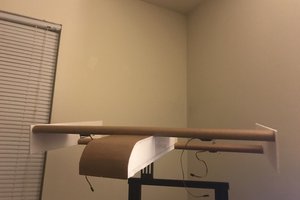
 Sam Ferguson
Sam Ferguson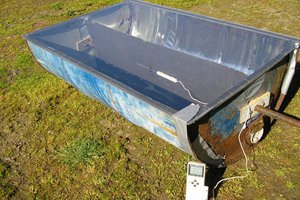
Thanks Mike!